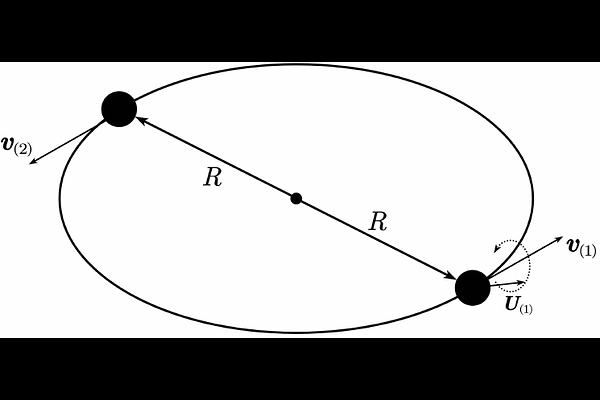Gravitational Wave Generation and Detection in Gravitational Quantum Field Theory

Gravitational Wave Generation and Detection in Gravitational Quantum Field Theory
Yuan-Kun Gao, Da Huang, Yue-Liang Wu
AbstractWe investigate the production and detection of gravitational waves (GWs) within the framework of Gravitational Quantum Field Theory (GQFT). In this theory, GWs exhibit five propagating modes: one scalar, two vector, and two tensor modes. Unlike General Relativity, the gravitational field equations in GQFT involve both symmetric and antisymmetric tensors, governed by their respective energy-momentum tensors, both of which can act as sources for GW radiation. By solving the linearized gravitational equations, we derive general analytic expressions for the different GW degrees of freedom. Our analysis reveals that the symmetric energy-momentum tensor generates scalar and tensor GWs through the trace and traceless parts of the quadrupole moment, respectively. In contrast, the antisymmetric stress tensor induces scalar and vector GWs with enhanced coupling strengths. We examine two illustrative examples: a black hole binary with a slightly elliptical orbit, which produces scalar GWs, and a neutron star binary where one component has a net spin aligned with its velocity, leading to vector GW emission. Finally, we study the detectability of these GW polarizations by analyzing their signatures in GW detectors. Our findings indicate that current observatories can detect both scalar and tensor modes, while a newly designed detector would be required to probe vector GWs.